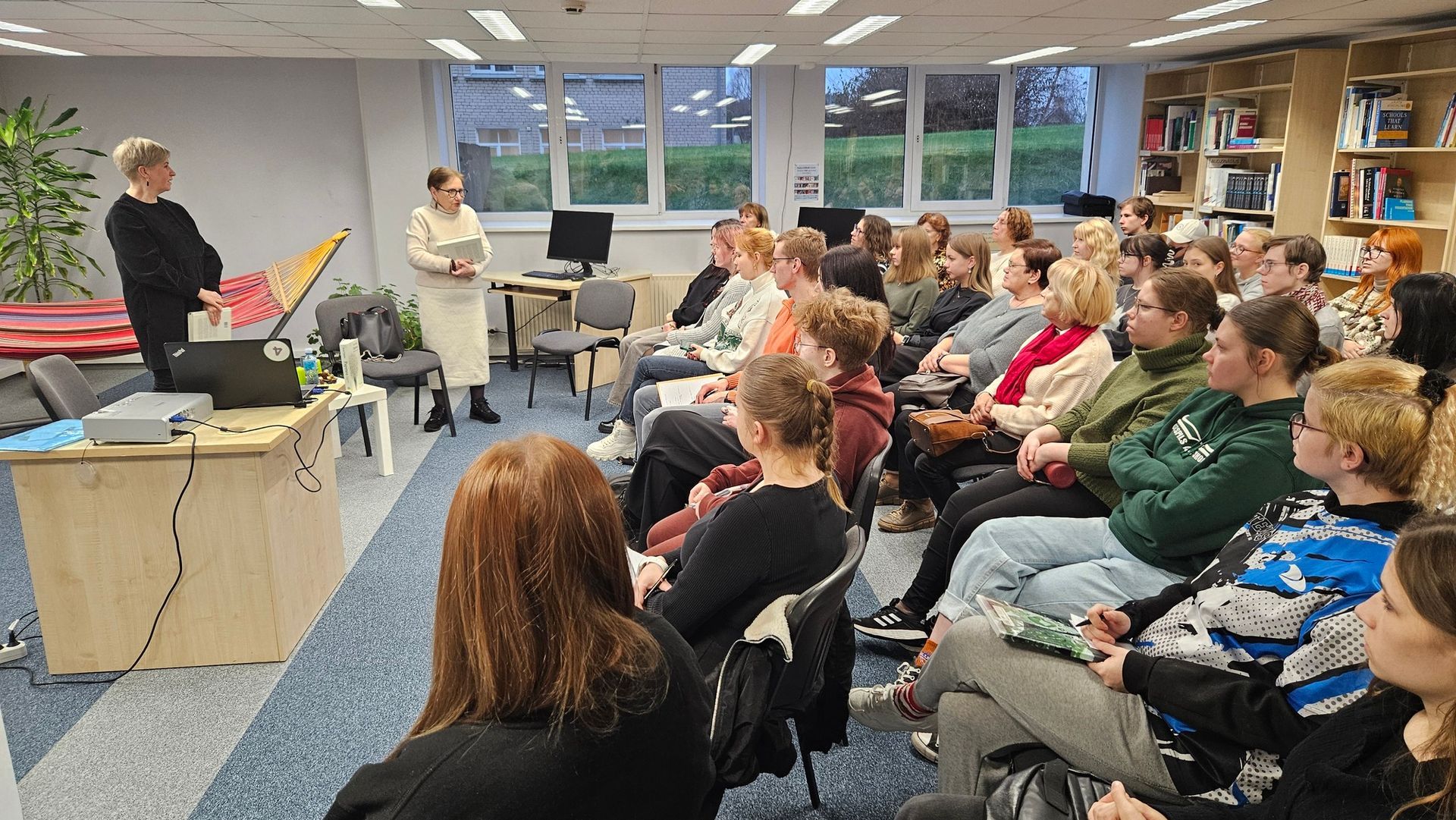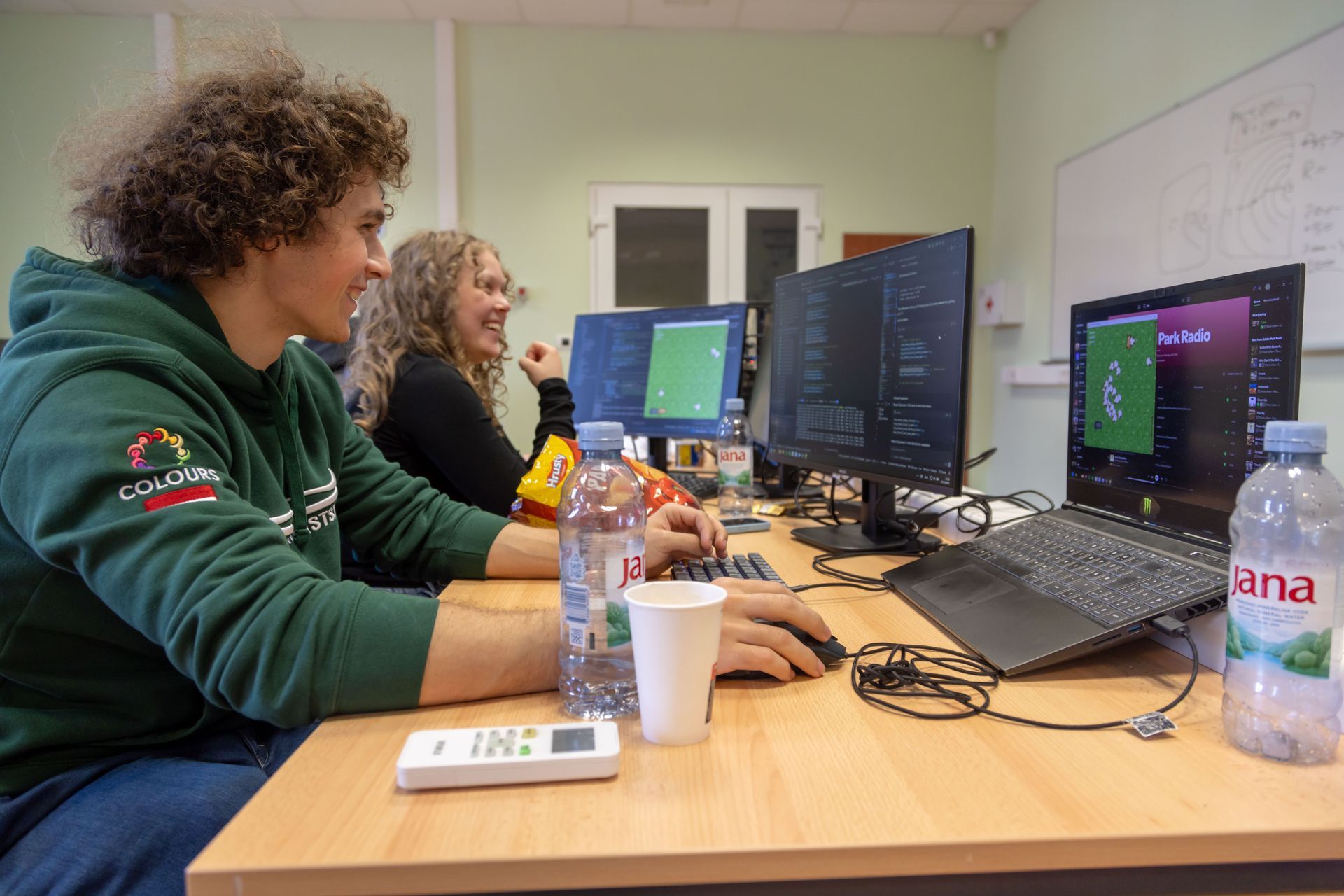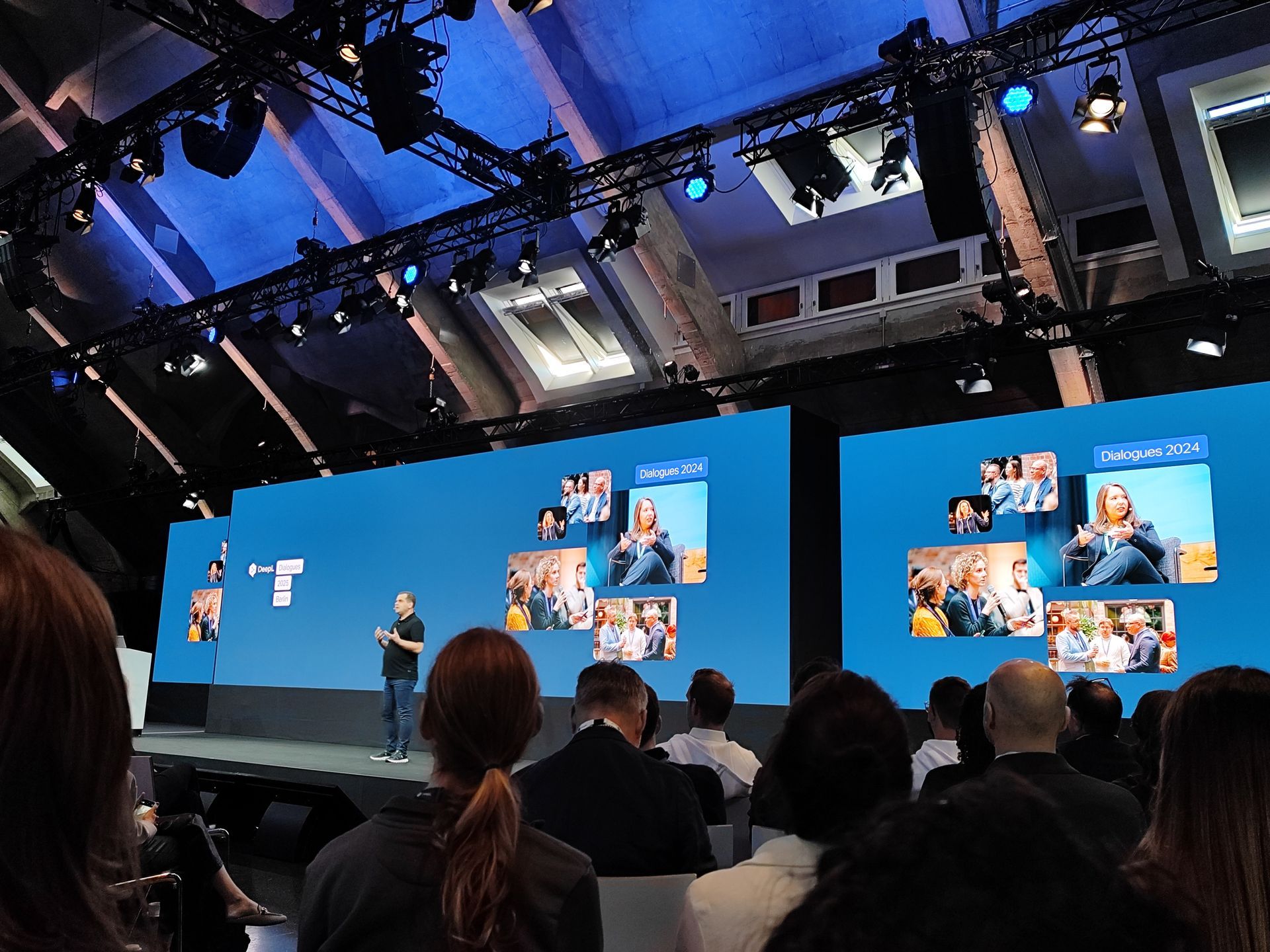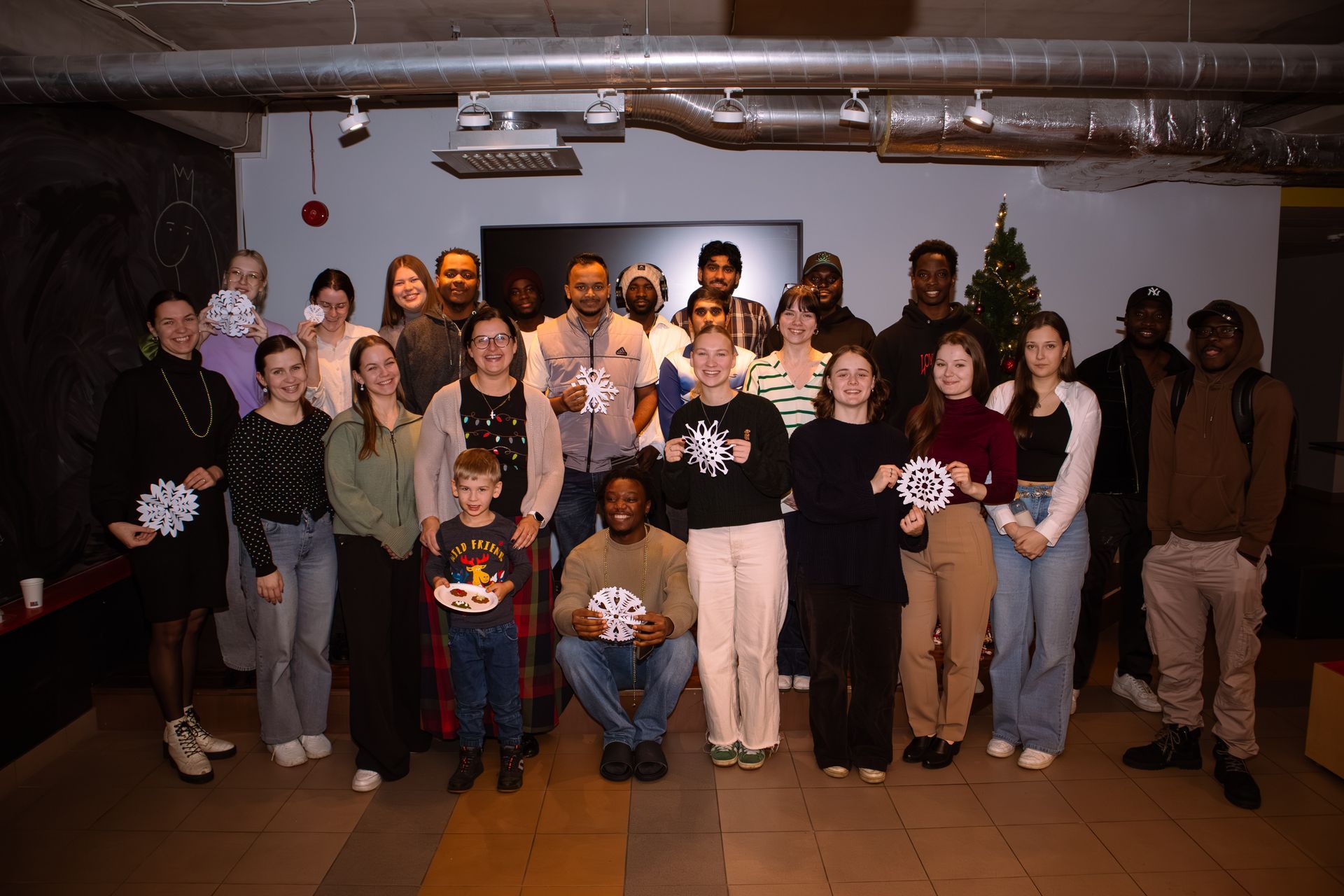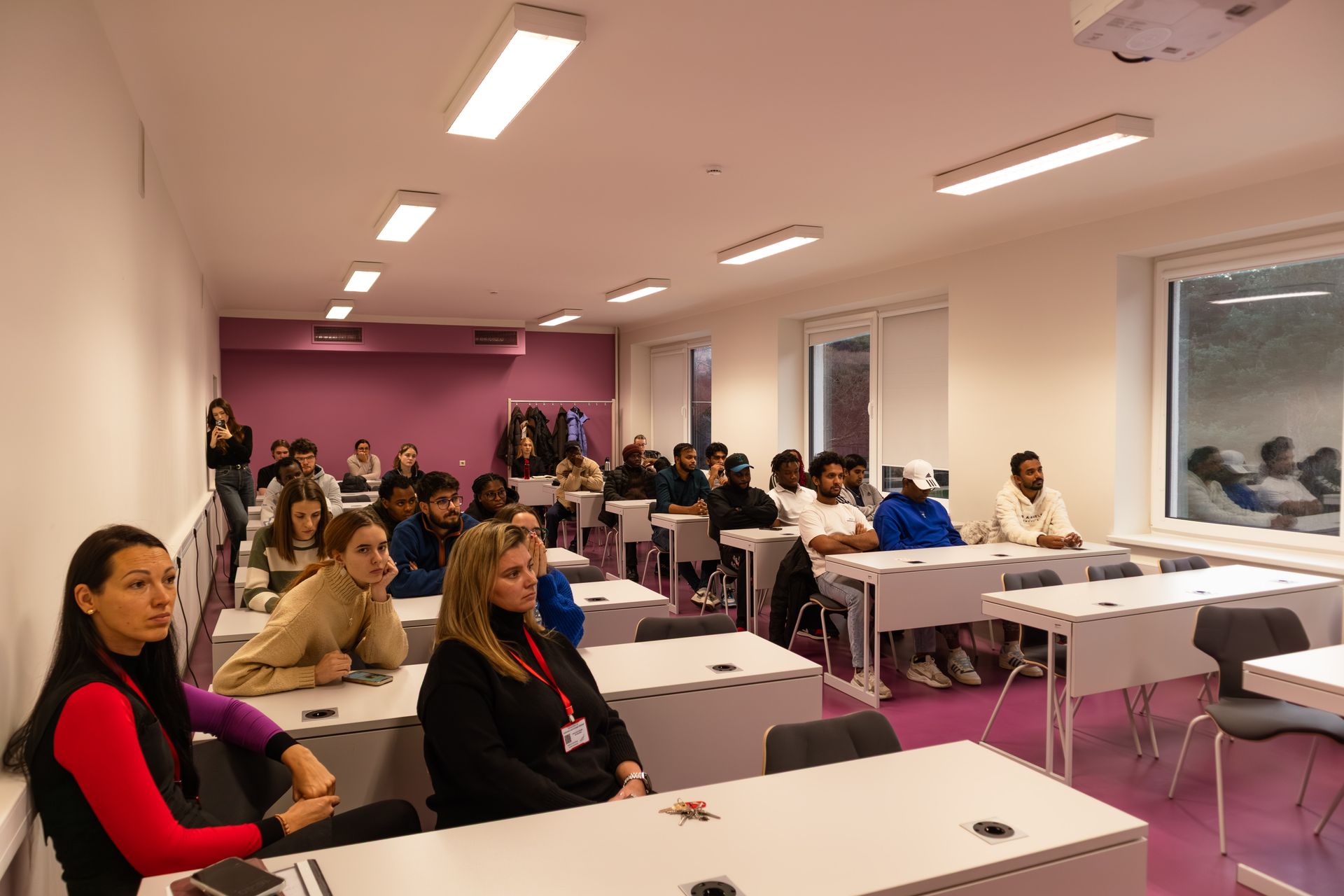VUAS researcher publishes three papers in a year
Leading researcher Juris Kalvāns of Ventspils International Radio Astronomy Centre has three published scientific articles in the year of 2022. All are in leading international scientific astrophysics journals.
Generally, three publications per year is not a special achievement in science. In Latvia and abroad, there are many scientists, who regularly publish more papers. However, there is a difference if the scientist is an article’s first author, who has done most of the work or a co-author, who has contributed an essential but often a quite limited part. J. Kalvāns is the main author in all his articles of year 2022.
There are sub-fields in science (for example, in chemistry), where qualified scientists are able to prepare several high-level articles per year – but for the most part, astronomy is not among such science areas. Here, a researcher, who is working, for example, in a strong Western scientific institute on average publishes less than one good study per year as its main author. The average numbers are determined by the time consumed in creating and describing a sufficiently serious, novel, and polished study. The amount of this work depends on the peculiarities of each science field.
In this context, three published papers in astrophysics are a rather good result. Continuation describes a little, what exactly has been researched.
The first article, published in April 2022, is a correction of an error (Erratum) for a paper issued initially in 2018 about a theoretical calculation of interaction between interstellar dust grains and cosmic rays – energetic atomic nuclei coming from supernovae. The speed of cosmic rays approaches that of light. The impacts of these particles induce ejection and sublimation of surface molecules (icy mantle) of the grain, making these molecules easily observable with radio telescopes. It can be said that this and similar studies constitute the theoretical aspect of radio astronomy.
Making mistakes and correcting them is an integral and, perhaps, hardest part of scientific research. When working with large columns of numbers and different methods, errors are inevitable; a major part of research time is devoted to finding mistakes and setting them right. Psychologically, it is hardest to recognize another error and to begin a large work again from the start. Erratum papers are separate publications, where major errors in methods or results are rectified in works already published. In this case, J. Kalvāns had to recalculate all the results of the 2018 paper, creating anew 8 figures and 27 tables – a work that was more voluminous than that devoted for some independent article.
The second publication, which was issued in September by the British journal Monthly Notices of the Royal Astronomical Society, describes collisions between dust grains in interstellar clouds. The collisions can eject molecules from the surface to the gas phase, making them easily observable with radio astronomical methods. Finally, the third paper of 2022 continues the topic of interaction between cosmic rays and icy interstellar grains – how often it happens, how much energy the dust grains acquire from impacts of different cosmic ray particles. The novelty of this work was a detailed approach on the properties of interstellar grain constituent materials. Similarly to the above-mentioned Erratum, this study was published in the US journal The Astrophysical Journal Supplement Series, which is devoted for voluminous articles with many tables or other data and is in the highest level among specialised journals in the field of astrophysics.
It could seem odd that the interactions of minute particles in the vastness of space is the subject of serious scientific studies. However, it must be considered that in a Solar mass nebula there are several quattuordecillions (1045) of dust grains – the mass of such a quantity amounts to many planets. Thus, the significance of small-scale processes is huge. Moreover, these processes are more than directly tied to Earth and the creation of life – they have formed us. During the formation of the Solar system, the dust grains formed our planet, the small ice layer frozen on their surfaces was the eventual origin of oceans, while organic matter, synthesized in the ices, came to the surface of the newly formed planet in the form of comets. This matter formed of enriched the compounds necessary for the first chemical processes of life.
Previously three high-level publications as the primary author J. Kalvāns managed only in 2015. The papers of 2022 are accompanied by one published conference abstract – a relative rarity because for some reason astronomers are not particularly active in issuing conference proceedings. They are issued only for a few most widely organized conferences.
Illustration – a schematic drawing from publication about the collisions between differently sized icy interstellar grains.
Internet links to the papers:
https://iopscience.iop.org/article/10.3847/1538-4365/ac5830
https://academic.oup.com/mnras/article-abstract/515/1/785/6620848?redirectedFrom=fulltext
https://iopscience.iop.org/article/10.3847/1538-4365/ac92e6
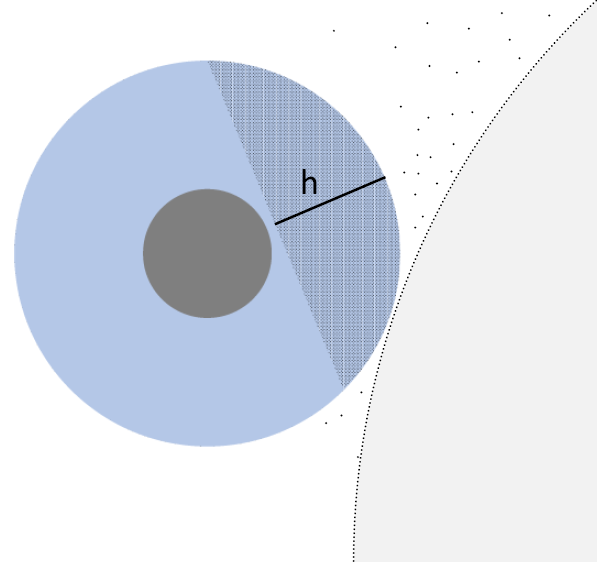
Share on other platforms
Other news
